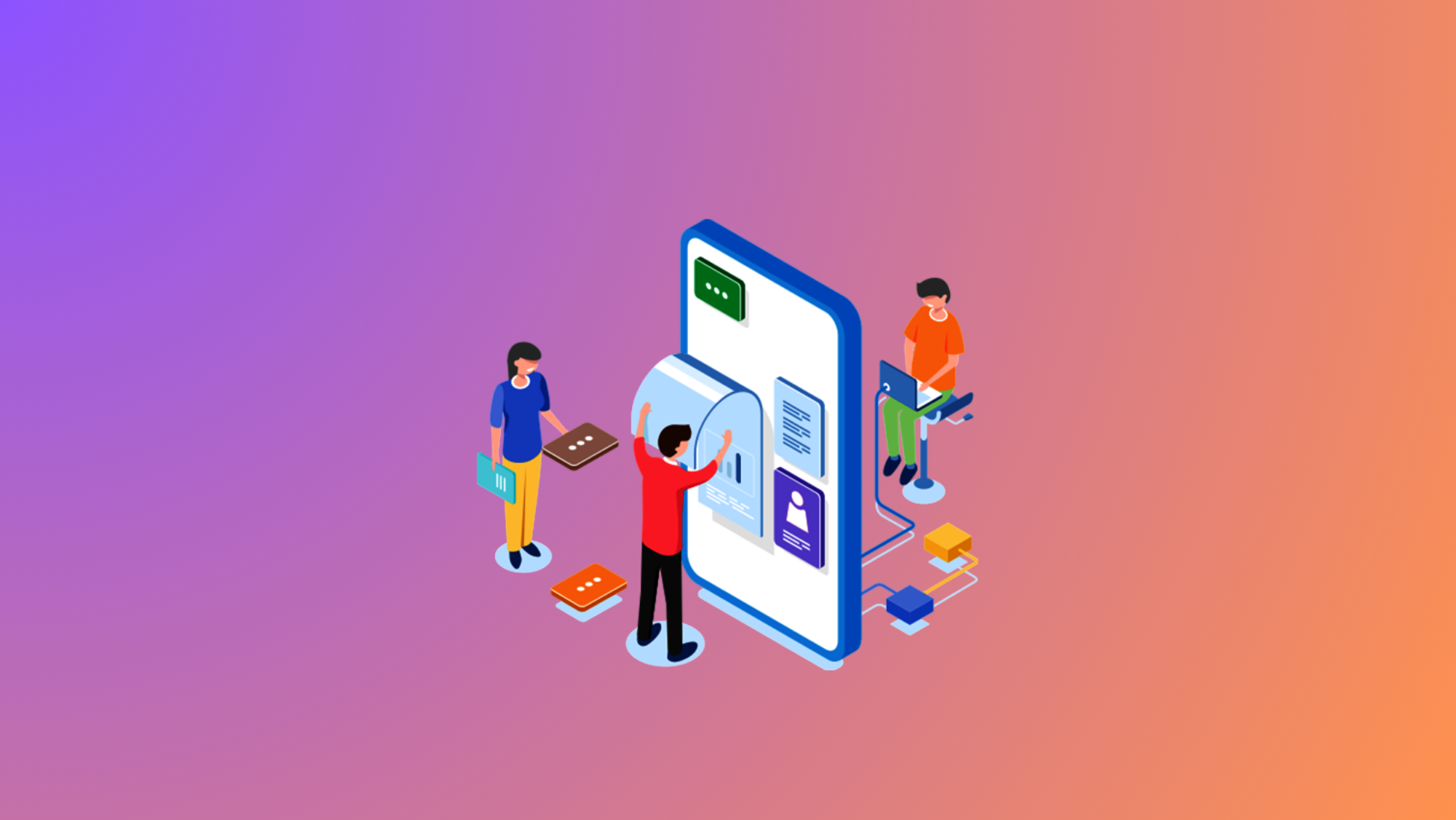Unlocking Data Access with OData Services: A Complete Guide
Introduction to OData Services
In today's data-driven world, seamless access to information is vital for businesses to make informed decisions. Open Data Protocol (OData) plays a significant role by enabling standardized, secure, and scalable data exchange. Originally developed by Microsoft, OData has become an OASIS standard and is widely adopted across industries, including enterprise software, web APIs, and cloud platforms.
OData provides RESTful APIs that allow clients to query and manipulate data using simple HTTP protocols. It bridges the gap between diverse data sources and consumers, reducing complexity and enabling interoperability across systems. This guide will take you through every essential aspect of OData Services, ensuring you fully understand its potential and how to leverage it for your organization.
The Core Concepts of OData
OData simplifies data access through several key concepts:
1. Resources and URIs
OData represents data as resources, each identified by a unique URI. Clients can use these URIs to access specific entities, collections, or properties.
2. Data Modeling with EDM
Entity Data Model (EDM) forms the backbone of OData, defining the structure of data as entities, properties, and relationships. This standardized approach allows clients to understand the data schema dynamically.
3. HTTP Methods
OData leverages HTTP methods (GET, POST, PUT, PATCH, DELETE) to perform CRUD operations on resources.
4. Query Options
OData supports powerful querying capabilities using URL query options like $filter, $select, $orderby, $top, and $expand, offering flexibility in data retrieval.
5. Metadata Document
OData services expose metadata documents ($metadata) that describe the service capabilities, making it self-descriptive and easily consumable by clients.
Benefits of Using OData Services
Implementing OData offers numerous advantages:
1. Standardization
OData adheres to open standards, ensuring consistency across platforms and reducing vendor lock-in.
2. Interoperability
Its broad adoption ensures that systems like SAP, Microsoft Dynamics, and Salesforce can easily communicate.
3. Simplified Integration
RESTful architecture and self-descriptive metadata make integration straightforward for developers.
4. Scalability and Flexibility
OData handles both simple and complex data access scenarios, scaling well with enterprise demands.
5. Improved Productivity
Reduced complexity allows developers to focus more on business logic than on data access intricacies.
OData Versions and Evolution
OData has evolved over time, with each version introducing enhancements:
| Version | Key Features |
|---|---|
| V1 & V2 | Basic CRUD, XML responses, limited query options |
| V3 | JSON format, batch processing, additional query features |
| V4 | Full JSON support, complex types, cross-join, enhanced metadata, improved performance |
Today, OData V4 is the most widely adopted version due to its rich feature set, better performance, and alignment with modern web development practices.
Architecture of OData Services
The architecture typically includes:
1. Data Source Layer
Databases, ERP systems, cloud platforms where the actual data resides.
2. OData Producer Layer
Middleware that translates data from sources into OData-compliant services. Examples: SAP Gateway, Microsoft OData Library.
3. OData Service Layer
Exposes data via RESTful endpoints, supporting HTTP protocols and query options.
4. Consumer Layer
Clients (web apps, mobile apps, BI tools) that consume OData services using HTTP calls.
Use Cases of OData Services
OData services are widely used in various industries. Here are some common use cases:
1. Enterprise Applications
SAP, Microsoft Dynamics, and Oracle use OData for seamless data access and integration.
2. Mobile and Web Apps
Developers use OData to fetch backend data dynamically without complex API development.
3. Business Intelligence (BI) Tools
Tools like Power BI and Tableau connect to OData services for real-time analytics.
4. Cloud Platforms
Azure and AWS integrate OData for hybrid cloud scenarios.
5. IoT and Big Data
OData enables structured access to massive IoT datasets and big data lakes.

Implementing OData Services
1. Define the Data Model
Create an Entity Data Model (EDM) representing entities, relationships, and properties.
2. Set Up the OData Service
Use frameworks like SAP Gateway, ASP.NET Web API, or ODataLib to build the service.
3. Expose Endpoints
Configure endpoints and HTTP methods to support CRUD operations.
4. Security and Authentication
Implement OAuth, Basic Auth, or API keys to secure access.
5. Testing and Deployment
Use tools like Postman, OData Explorer, or SAP API Hub to test services before production deployment.
Security in OData Services
Security is critical for any data service. OData supports:
1. Authentication
- Basic Authentication
- OAuth 2.0
- SAML
2. Authorization
- Role-based access control (RBAC)
- Attribute-based access control (ABAC)
3. Data Encryption
-
SSL/TLS for data-in-transit security
4. Auditing and Logging
-
Comprehensive logs to track access and usage
Performance Optimization for OData Services
Optimizing OData services ensures better scalability and user experience:
1. Efficient Querying
- Use
$selectand$expandto retrieve only necessary data. - Avoid fetching large datasets unless required.
2. Server-Side Paging
-
Implement
$topand$skiptokenfor paging.
3. Batch Requests
-
Combine multiple operations into one HTTP request to reduce network overhead.
4. Caching
-
Use HTTP caching headers and reverse proxies to serve frequent requests faster.
5. Indexing
-
Index database fields heavily used in filtering and sorting.
The Future of OData Services
As digital ecosystems grow, OData continues to evolve:
1. Integration with AI and ML
OData feeds structured data into AI models for better predictive analytics.
2. Support for GraphQL and Hybrid APIs
Future OData versions may incorporate GraphQL-like flexibility.
3. Enhanced Developer Tools
Better SDKs, code generators, and test tools are emerging.
4. Wider Adoption Across Industries
Healthcare, finance, and government sectors increasingly adopt OData for compliance and interoperability.
Conclusion
OData Services offer a robust, standardized approach to data access that simplifies integration, enhances security, and scales with business needs. By mastering OData, organizations can unlock their data's full potential, drive better decisions, and innovate faster in an increasingly data-centric world.
You May Also Like
These Related Stories

SAP OData vs REST APIs: Which is Better for Integration?

Everything You Need to Know About SAP UI5 FIORI Training

No Comments Yet
Let us know what you think